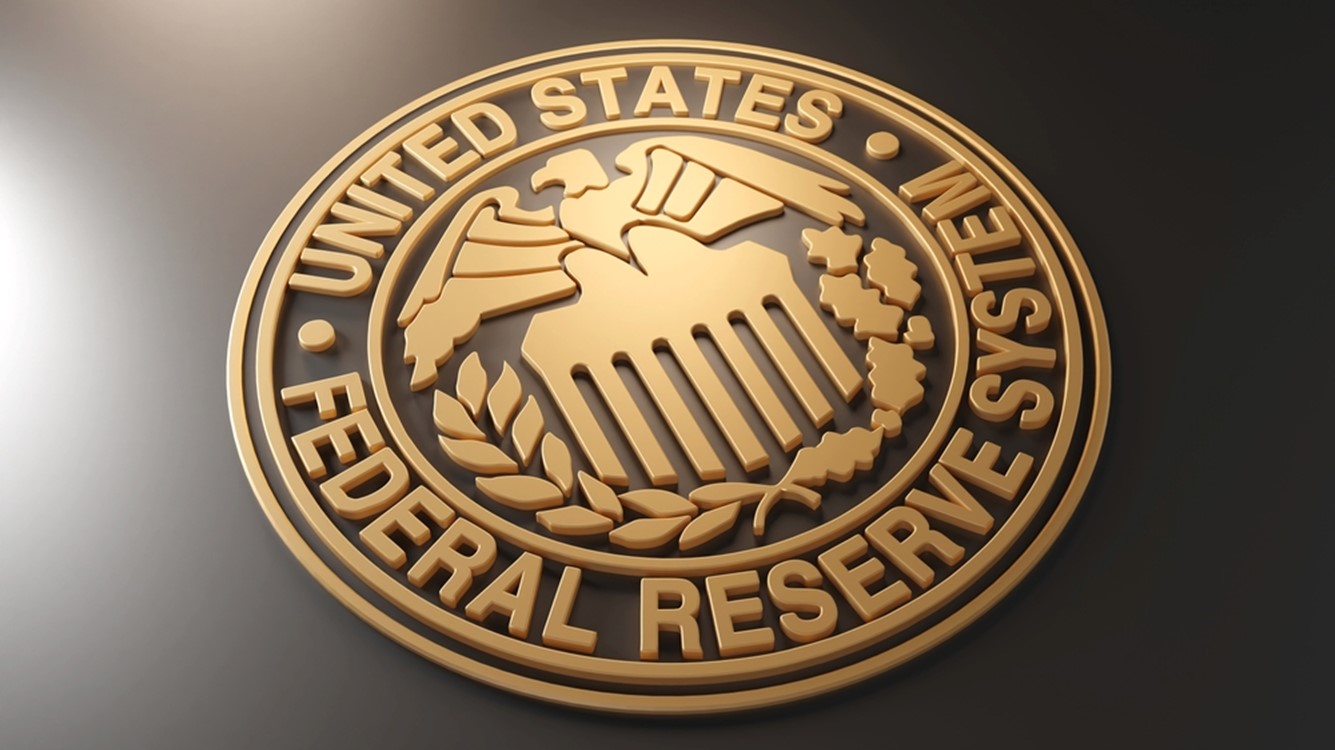No victory lap on inflation for the Fed
A sizable minority preferred only a quarter-point rate cut.

November 3, 2024
The Federal Open Market Committee (FOMC) is expected to vote to cut rates by another quarter point at its meeting November 7. The meeting was moved from a start date of November 5 to avoid conflicting with election day. The cut comes after the FOMC opted to cut rates by a full half percent in September. The move in September was accompanied by a dissent from Governor Miki Bowman, who preferred a quarter-point cut.
Dissents at the Fed rarely occur in a vacuum. The minutes to the September meeting revealed that Chairman Jay Powell had to engage in a lot of arm-twisting to get agreement on that initial half-percent cut. Bowman had allies among the regional bank presidents in the room, not all of whom vote at every meeting. Some will be reluctant to cut again at the November meeting; another dissent is probable.
In September, there were 19 participants at the meeting. The consensus was for two additional quarter point cuts by year-end. A sizable minority preferred a quarter point or no additional cuts by year-end. Powell and his colleagues have been careful not to prematurely declare a victory over inflation. The comments of Fed officials in the wake of the September cut echo that sentiment. The focus is on lifting the foot from the brake pedal, not hitting the gas to rev the economy.
Recent revisions and data releases on the economy have largely surprised to the upside, except for data in October, which was hurt due to strikes and weather-related disruptions. Those shifts pushed Treasury bond yields up in recent weeks, which took a toll on applications for new mortgages. That has eased some fears within the Fed that a rapid easing of financial conditions might reignite inflation and provides yet another reason to cut in November.
One of the largest mistakes a central bank can make is to cut prematurely and stoke a more persistent bout of inflation. The Fed is acutely aware of that fact. It remains a guiding principle, despite optimism on containing the pandemic-induced inflation.
We expect Powell to leave the door open a crack for a final quarter-point cut in December. Concerns over the outcome of the elections, and any delays in determining the winner of the presidential election, will fuel policy uncertainty. CEOs have said that they are holding off on big investment decisions until after the cloud of uncertainty lifts over what appears to be a razor-close race.
So far, the impact of that uncertainty on actual economic activity has not been substantial. If the polls are to be believed, this could be one of the tightest elections in a string of close elections. The Fed is not going to want to add to policy uncertainty if it can be avoided. Conspiracy theorists are likely to doubt the Fed’s motives no matter what the members do. Powell has proven his ability to counter a president who appointed him, more than once and affecting presidents from both political parties.
The only winning scenario for the Fed is to see price stability returned, without a sharp increase in unemployment. Powell sees the possibility of a soft landing within reach and is focused on nailing it. Some might even argue that the economy could escape landing at all. I am hesitant to do so, given the drag associated with earlier rate hikes and the increase in unemployment we have already seen, but it is possible. Business bankruptcies have begun to rise along with credit defaults. The Fed would like to avoid a nonlinear rise in those figures.
The focus is on lifting the foot from the brake pedal, not hitting the gas to rev the economy.
Diane Swonk, KPMG Chief Economist
Explore more
Subscribe to insights from KPMG Economics
KPMG Economics distributes a wide selection of insight and analysis to help businesses make informed decisions.
Meet our team


